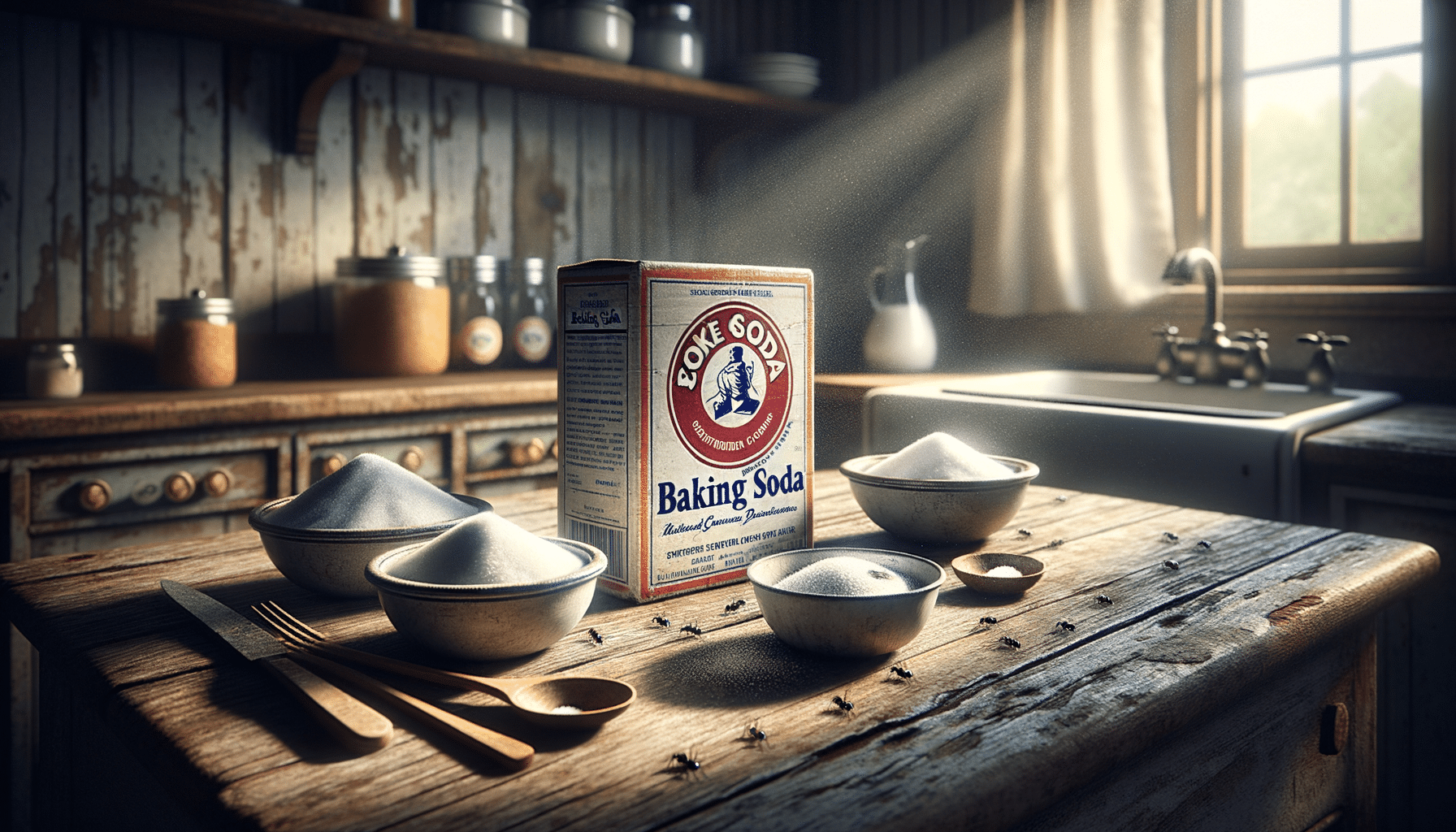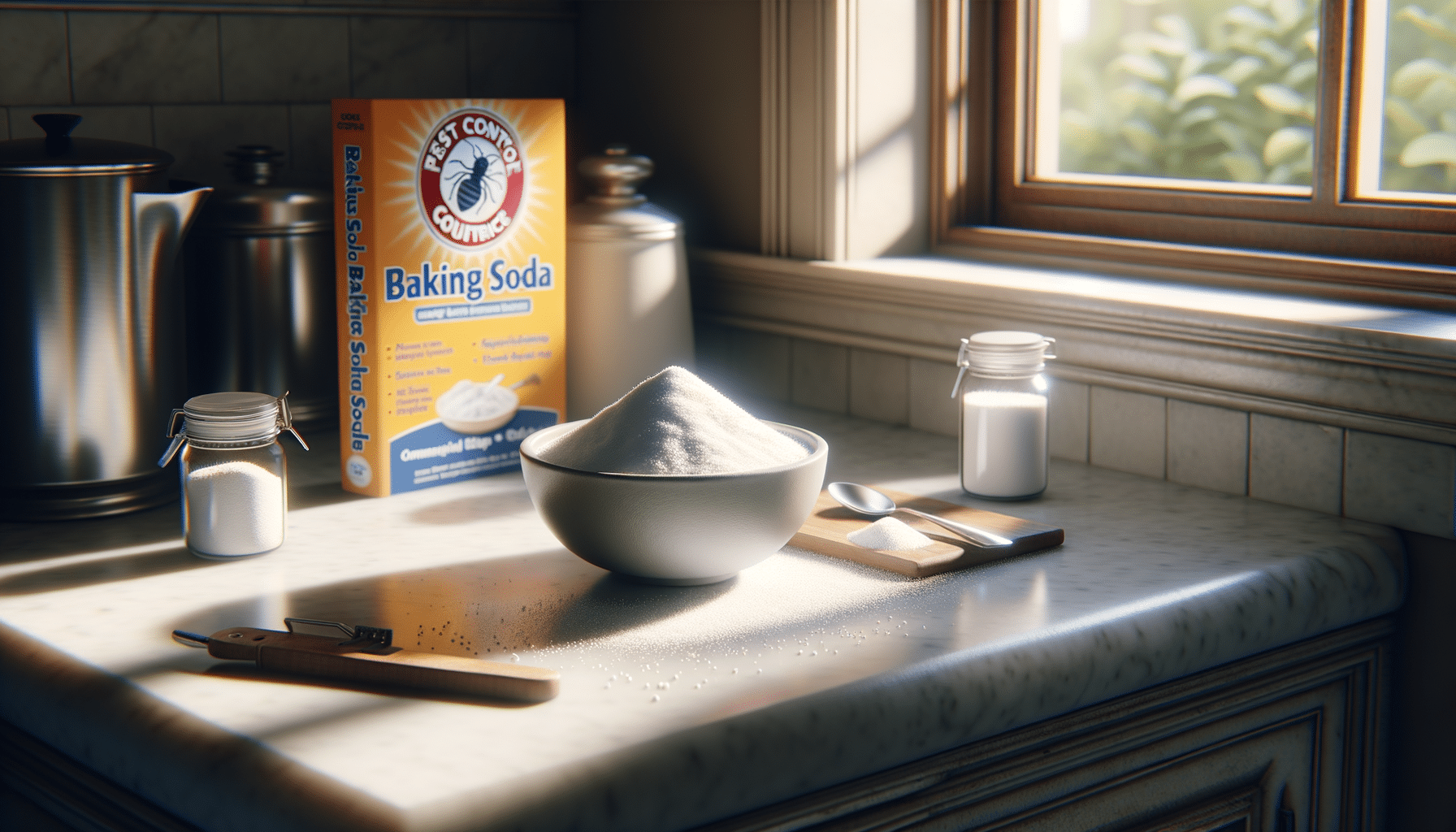
How to Use Baking Soda for Pest Control
Introduction to Baking Soda as a Pest Control Agent
Baking soda, a common household ingredient, is more than just a staple in baking or a deodorizer for your refrigerator. Its chemical properties make it an effective and eco-friendly option for pest control. The importance of finding natural solutions for pest management cannot be overstated, especially in a world increasingly concerned with the environmental and health impacts of chemical pesticides. This article explores how baking soda can be utilized to manage pests effectively, offering both a sustainable and economical option for homeowners.
The Science Behind Baking Soda’s Effectiveness
Understanding why baking soda works against pests involves a bit of chemistry. Baking soda, or sodium bicarbonate, is a salt composed of sodium ions and bicarbonate ions. When pests ingest baking soda, it reacts with the acid in their stomachs, producing carbon dioxide gas. This reaction can disrupt their digestive system, often leading to the pest’s demise. Moreover, baking soda’s abrasive nature can damage the exoskeleton of insects, leading to dehydration and death. These dual actions make it an effective tool against a variety of pests, including ants, cockroaches, and bedbugs.
Applying Baking Soda for Ant Control
Ants are among the most common household pests, and baking soda offers a simple solution to this persistent problem. To use baking soda against ants, mix it with powdered sugar in equal parts. The sugar attracts the ants, while the baking soda acts as the agent of destruction. Place small amounts of this mixture in areas where ants are commonly seen. The ants will carry the mixture back to their colony, eventually leading to a reduction in their population. This method is not only effective but also safe for households with pets and children, as it eliminates the need for toxic chemical sprays.
Using Baking Soda to Combat Cockroaches
Cockroaches are notorious for their resilience, but baking soda can provide a natural deterrent. Similar to the method used for ants, baking soda can be combined with sugar to lure cockroaches. The mixture should be placed in strategic locations such as under sinks, behind appliances, and in dark corners where cockroaches are likely to hide. When cockroaches consume the mixture, the baking soda reacts with the acid in their stomachs, producing gas that ultimately kills them. Regular application of this method can significantly reduce cockroach infestations over time.
Other Pests and Baking Soda’s Versatility
Baking soda’s versatility extends beyond ants and cockroaches. It can be used to combat other pests such as bedbugs and fleas. For bedbugs, sprinkle baking soda around the bed frame and into any cracks or crevices where they may hide. The abrasive nature of baking soda dehydrates and kills bedbugs over time. For fleas, a mixture of baking soda and salt can be sprinkled on carpets and upholstery, left overnight, and then vacuumed the next day. This not only helps kill fleas but also prevents them from laying eggs. Baking soda’s effectiveness across various pests makes it a valuable tool in any pest control arsenal.


